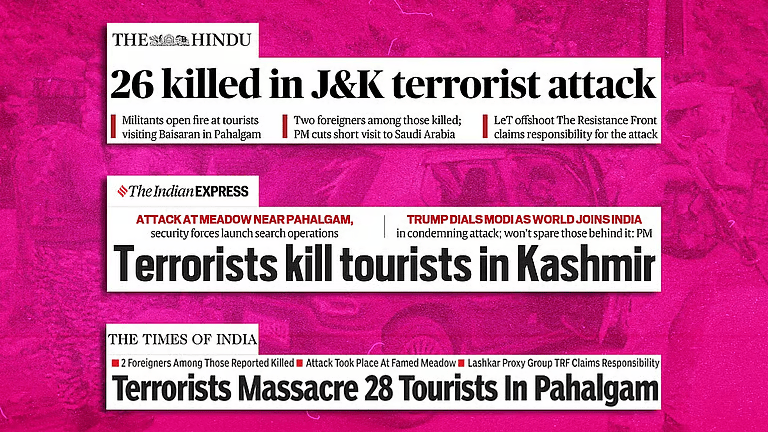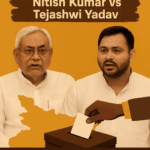Pahalgam, a town often described as the crown jewel of Kashmir, was jolted out of its peaceful beauty on April 22, 2025, when a brutal terror attack claimed the lives of 28 innocent tourists and injured more than 20. Known for its lush meadows, calm rivers, and the gateway to the Amarnath Yatra, Pahalgam has always symbolized serenity and escape. But this tragedy shook its very soul—and raised some urgent questions about security, regional politics, and the future of tourism in the Valley.

A Day of Horror in Paradise
The attack happened in Baisaran Valley, a popular tourist destination also dubbed “Mini Switzerland” by many. It was a regular afternoon—families picnicking, pony rides in progress, laughter in the air—when that peace was shattered.
According to eyewitness accounts, seven armed terrorists, reportedly from The Resistance Front (TRF)—an offshoot of the Pakistan-based Lashkar-e-Taiba—stormed the area. Dressed in military-style uniforms and armed with M4 carbines and AK-47s, they opened fire indiscriminately on unarmed civilians. In one of the most chilling details, some victims were reportedly forced to recite Islamic verses before being executed.
The attack lasted for just minutes but left a lifetime of trauma behind.
The Response: Swift, But Is It Enough?
Security forces were on the scene quickly. Emergency responders evacuated the wounded to nearby hospitals, and many of the critically injured were flown to Srinagar for advanced treatment. The Indian Army and paramilitary units began combing the surrounding forests, launching a massive manhunt.
Sketches of the attackers were released, and Saifullah Kasuri, a known LeT commander, was identified as the mastermind. The government has already labeled this as one of the most coordinated and premeditated attacks in recent memory.
Local Heroes Amid the Chaos
In the midst of horror, there were glimpses of extraordinary bravery. Locals, especially pony handlers and shopkeepers, helped tourists hide or flee. One man, Syed Adil Hussain Shah, reportedly tried to disarm an attacker and was killed in the process. These acts of courage shine a light on the spirit of Kashmiris who, time and again, have stood against violence and terror.

Fallout: Economic and Political
The economic toll of this attack is massive. With mass cancellations of hotel bookings, flights out of Kashmir running full, and a sharp drop in footfall, the tourism-dependent economy of Pahalgam has taken a direct hit. And with the Amarnath Yatra around the corner, concerns are mounting over how secure the pilgrimage will be.
On the political front, India has responded strongly. Among the government’s first actions:
-
Closing the Attari-Wagah border with Pakistan.
-
Suspending the Indus Waters Treaty—a decades-old water-sharing agreement.
-
Expelling Pakistani military attachés from the Indian high commission.
-
Tightening visa rules for Pakistani nationals.
These moves underline just how seriously India views the attack and its alleged cross-border links.
What This Means for Kashmir—and the Rest of Us
This attack is not just about one town. It’s a grim reminder that the fragile peace in Kashmir can be shattered in seconds. It puts at risk years of efforts made by locals and the government to revive tourism, heal wounds, and bring some form of normalcy to the region.
But it’s also a test of resolve—how do we respond? Through fear, or through stronger systems and community engagement?
The government is already discussing permanent deployment of army and paramilitary forces in Pahalgam and similar tourist hotspots. Surveillance systems are being upgraded. But hardware alone isn’t enough.
We also need to foster community trust, encourage locals to report anything unusual, and support deradicalization programs that go beyond just law enforcement.
Final Thoughts
The Pahalgam terror attack is a devastating blow, but not a death knell. The resilience of the local people, the quick response of the authorities, and the solidarity shown by the nation are all signs that hope persists.
Still, real healing will take time—and requires not just action, but compassion, unity, and vigilance. Kashmir, and Pahalgam in particular, deserves to be known again for its peace, not its pain.
Let’s stand with the victims, support the locals, and work together to ensure that such tragedies never darken the Valley again.









